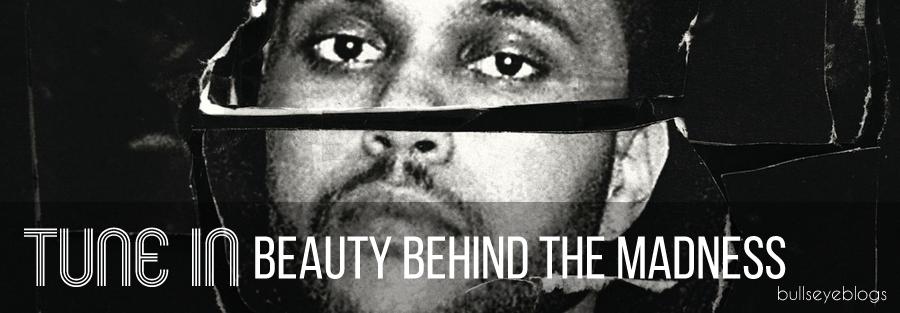Your donation will support the student journalists of Diamond Bar High School. Your contribution will allow us to purchase equipment and cover our annual website hosting costs.
Tune in: The Weeknd
September 16, 2015
With his angelic voice and confessional lyrics, The Weeknd has come to be known in the music industry as all noir and enigma. From initially refusing to give press interviews or to even show his face back in 2012, to making his debut album free on his website, The Weeknd has kept his life as shadowy and murky as his music. Now, in his newly released album, “Beauty Behind the Madness,” he steps right into the limelight and sheds his anonymity to embody the contemporary pop star.
I’m not saying The Weeknd is a sell-out. His lyrics retain the same theme of a distinct dysfunctional world. His voice still drizzles out like honey, and it still overflows with sex appeal, but in his new album, he sheds his signature image. The Weeknd was a character, a misunderstood villain, a seductive mysterious stranger, covered in shadows, a cigarette smouldering. He was a half-apologetic, destructive sinner, hazy and hooded, solitary yet swamped by women. If sin were to take form in a person, he would be it. And it suited him.
His new album (sadly) rejects this image, and instead projects a laid-back, bad-boy pop star. He lost his defining trait: his mysteriousness. It is clear that his music and image are both striving to be more radio-palatable. However, this does not necessarily make his album unpleasant. I suppose if he would have stuck with his image, his music would have eventually become boring.
“When I put out songs from House of Balloons in 2010, people said I made R&B cool again…I want to make pop cool again, and the only way I can do that is by being ambitious and grand,” he revealed in an interview with Time magazine.
True to his word, his new music is ambitious and innovative. It buzzes and sucker punches you with its very first song, “Real Life,” with heavier instrumental (similar to the later song “The Hills”) than the alternative R&B signature to the artist.
The first half of his album continues in this fashion, with upbeat pop songs dominating. Some songs were released earlier this year, such as “The Hills” and “Can’t Feel my Face,” and those were melodious and catchy. However, for the most part, this is the section of the album that disappointed me. In particular, I disliked “Tell Your Friends,” which simply sounded awkward. It changed tempo sporadically and had awkward transitions.
The second half moves into a more slow-paced, sexy rhythm, the transition beginning abruptly at “Shameless.” “Shameless” is probably my favorite song on the album, simply because it is so distinctive and unlike his style in any way. It is stringy and strummy, with a soft guitar and angelic vocals. It parallels a drug addiction with a dysfunctional relationship, strung together by a whirlwind of emotions. Lyrics like “I don’t want to hurt you, but you live for the pain” depict that perfectly.
This theme resonates throughout the album, and prominently in “Prisoner,” when he says “love will always be a lesson” and “I’m a prisoner to my addiction.” “Prisoner” is also one of the best songs on the album, and Lana Del Rey was made to work with The Weeknd. The pair are absolutely magical together.
Sonically, the album is very boring. The sounds and tunes seem to repeat themselves and blend into one another because of their indistinctiveness. It is a good thing that the album also features Ed Sheeran and Del Rey, because I learned by listening to this album that it is possible to get tired of even the sweetest of voices.
I am left half-hoping that The Weeknd will revert back to his signature R&B style, half-enjoying some of his new songs in this new album. I hope he is able to make pop cool again, too.
